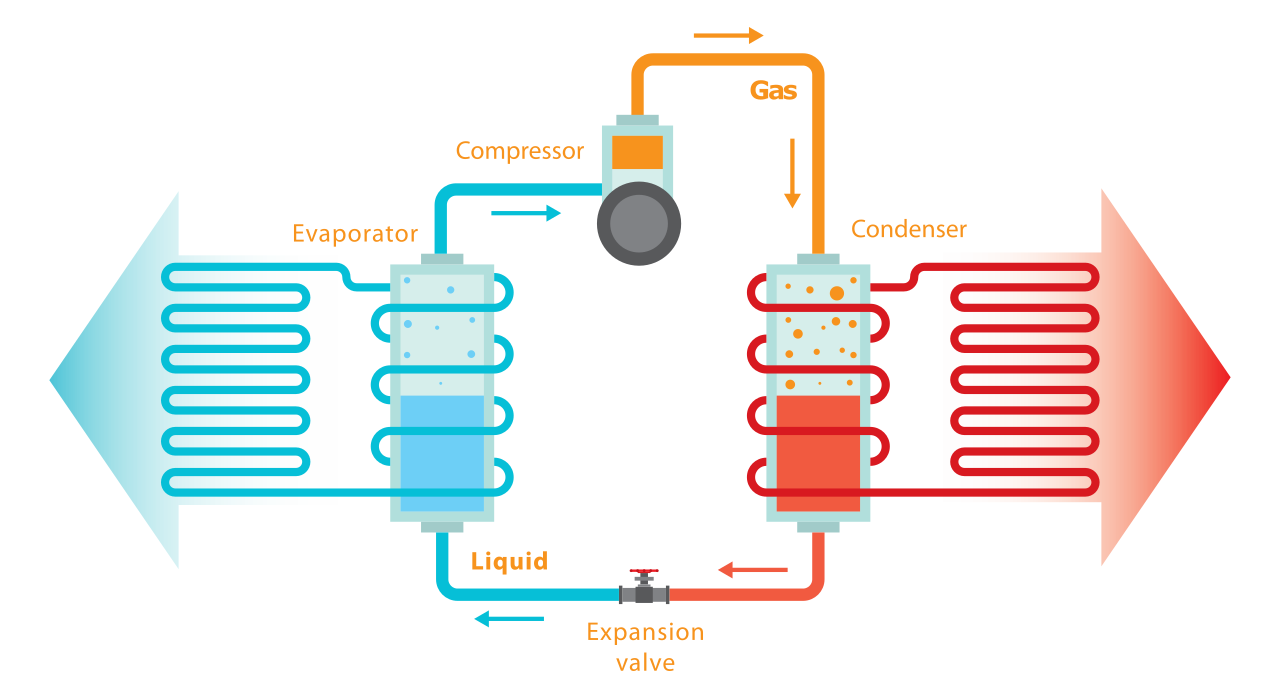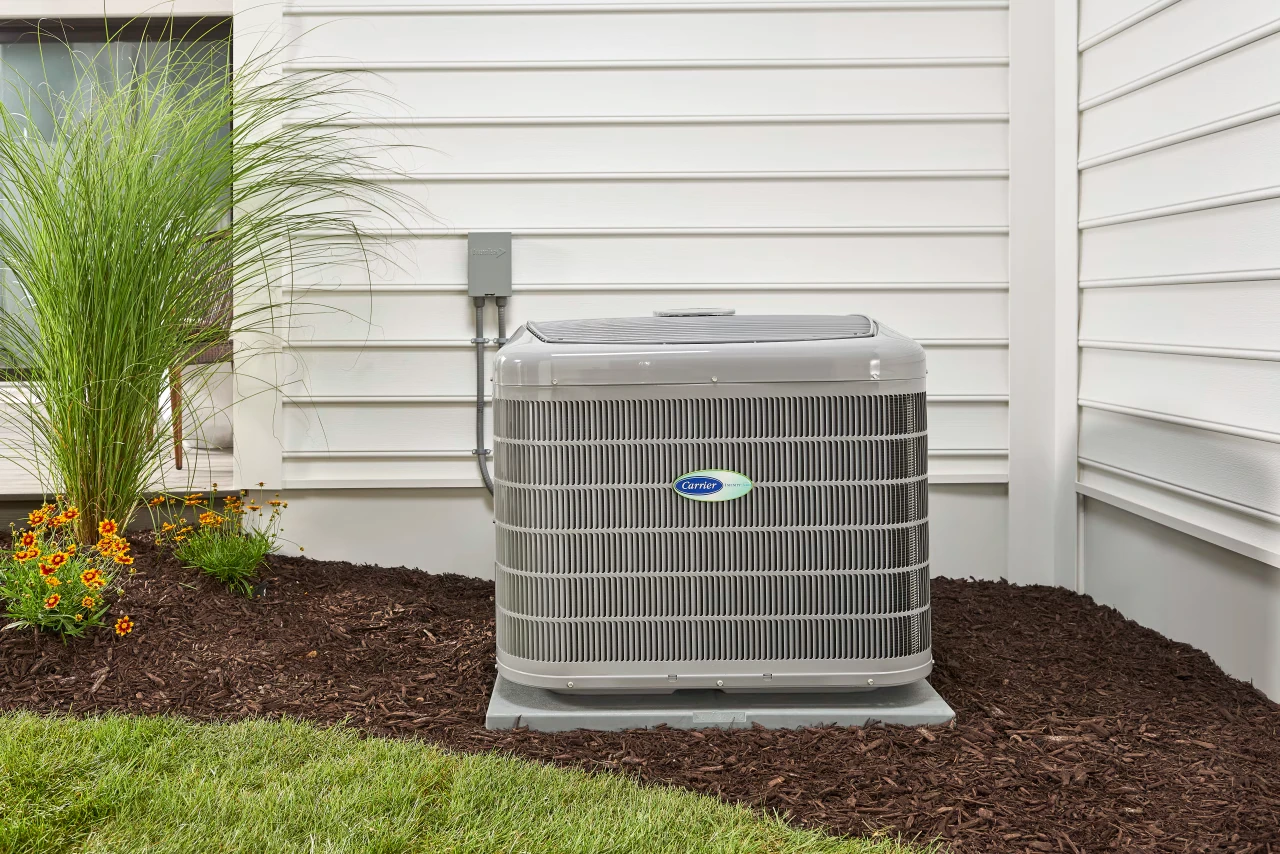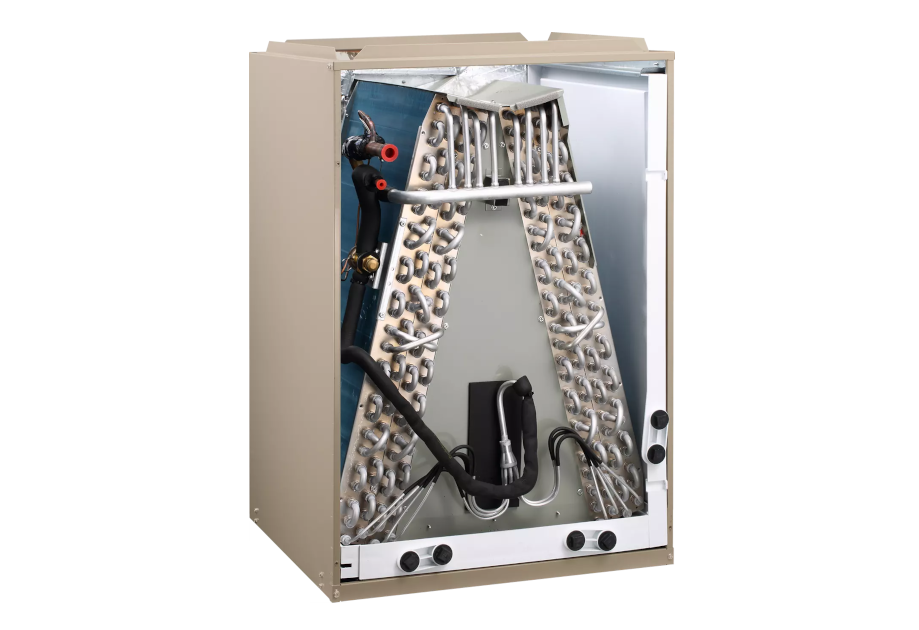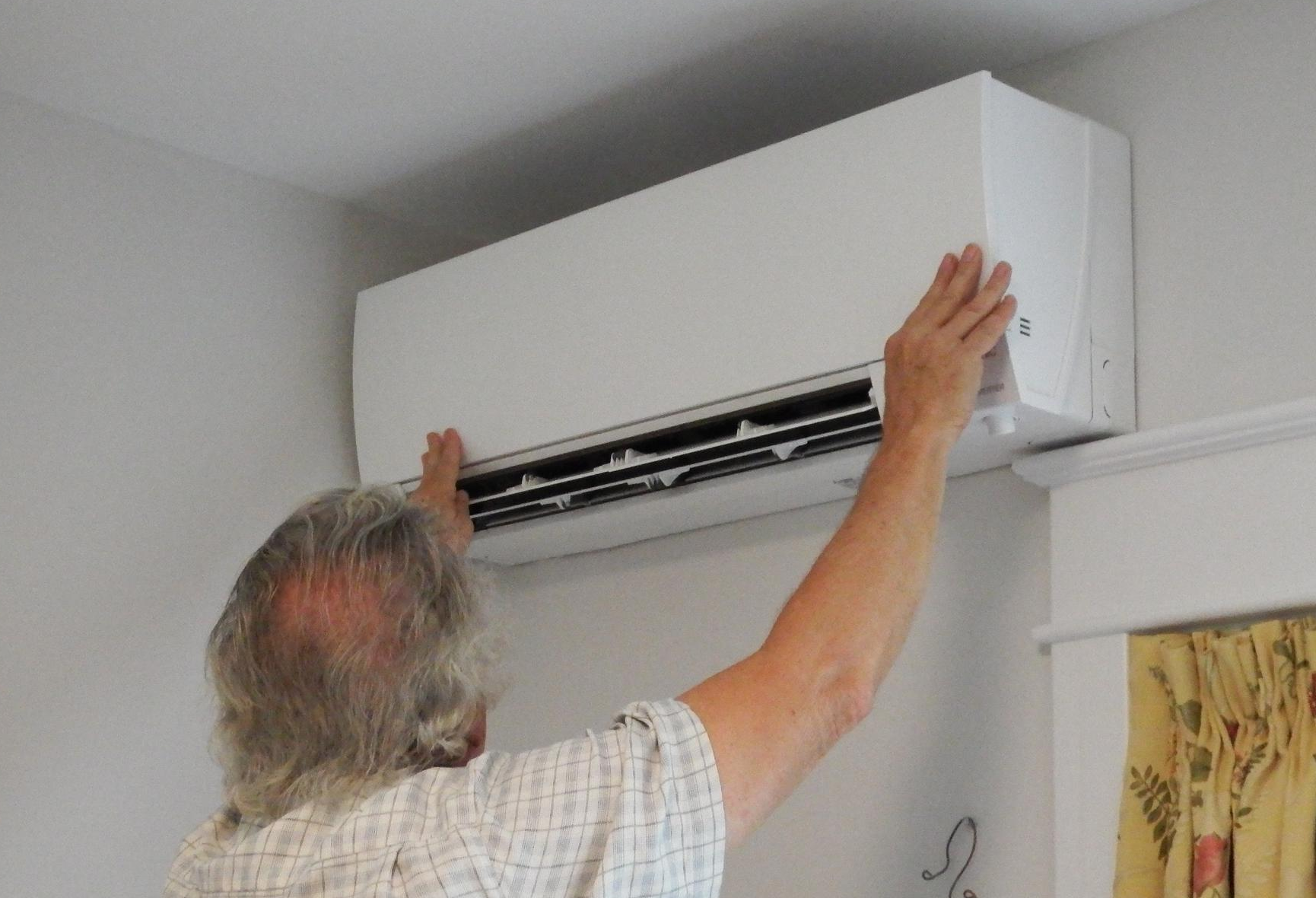Heat Pumps for Homes: A Primer
Heat pumps can both cool and heat your home, and are increasingly popular upgrade from gas furnaces and air conditioners.
Heat pumps are all the rage these days. They’re the go-to solution for heating and cooling in many newly built homes, while other homeowners are increasingly turning to them to upgrade aging air conditioners and furnaces.
While the popularity of heat pumps is growing, one of the barriers to wider adoption is that consumers don’t really know what they are. The name itself is an issue: what does heat pump mean, anyway? How exactly does an appliance pump heat?
Heat pumps probably need a better name. Until the marketing gurus figure that out, this article will try to explain the basics of heat pumps in homes, and help you decide whether installing one is the right choice for you.
Almost 100% of homes already have one type of heat pump installed
It might surprise you to learn that you almost definitely have one type of heat pump in your home already. It’s called your refrigerator.
A refrigerator is an appliance that takes heat from one space - in this case, the inside of an insulated box - and moves it to another space. In this case, it’s the coils that are either on the rear or bottom of your fridge. If you clean them regularly (which you should), you’ll find that they’re warm to the touch. That heat energy in the coils is coming from the inside of the fridge. This is the product of the refrigeration cycle, which is illustrated below:

These basic components that make your refrigerator work - the evaporator, compressor, condenser, and refrigerant - are the same ones that you’ll find in an air conditioner or heat pump. This means that the technology that makes heat pumps work isn’t anything exotic, but is rather something that has been in use in homes for a century.
What exactly is a heat pump?
A heat pump is an appliance that is used to both cool and heat a home. In cooling mode, a heat pump works just like an air conditioner, taking heat from inside a house and dumping it outside, just the same way that your fridge takes heat from the interior compartment and moves it to the coils outside.
In heating mode, a heat pump simply reverses the refrigeration cycle. Refrigerant takes heat from a set of coils outside the home, which is then pumped into a compressor that squeezes the refrigerant causing it to heat pump. That heat is then extracted to warm your house.
There are different types of heat pumps that I’ll describe further below, but the basic components are the same ones in every refrigeration cycle. On the outside of the building, there are coils that either extract heat or dump heat into the environment. The most common type of heat pump has the coils sitting in a unit above ground. This outdoor unit will often resemble the outdoor unit of a central air conditioner.
Another type –– called a ground-source heat pump –– uses coils that are buried underground. For residential-sized systems, the coils are buried at least six feet deep, but can be up to hundreds of feet deep for larger systems.
After picking up or discarding heat energy from the outdoors, the heat pump moves the refrigerant to an indoors unit that then blows heated or cooled air into the home.
All of this is controlled by a conventional thermostat. If you install a heat pump in your home, you likely will be able to use your existing thermostat, although homeowners who install a heat pump will often upgrade to a smart thermostat. One caveat is that some advanced heat pumps with multi-stage compressors or fans may require a specialized thermostat.
Do heat pumps work in the cold?
A common question is whether a heat pump can heat your house when it’s cold outside. The answer is yes, and you might be surprised by how cold it can be for a heat pump to still work. For example, Mitsubishi offers cold-climate heat pumps that continue to work down to -13°F.
If you’re surprised that a heat pump can “find” heat outside at that temperature, think of how a deep freezer works. Even though a deep freezer is typically set to a lower temperature than the freezer compartment of your refrigerator, it’s still able to extract heat and warm the external coils.
One advantage of ground-source heat pumps is that the ground stays warmer than the air temperature. This makes ground-source units more efficient in the cold.
Even if the temperature drops below a temperature where the heat pump can function efficiently, heat pumps include a backup heat function. These can be configured differently. For example, in my home, my heating system uses the heat pump most of the time but falls back to my pre-existing gas furnace when the outside temperature gets too cold. Other systems might use electric resistance heating as the backup, which uses electricity less efficiently than a heat pump, but it can work in any temperature.
What are the benefits and downsides of a heat pump?
The most common type of home heating system in the United States is a natural gas forced air furnace. This type of furnace burns natural gas in a chamber and then distributes warm air throughout the home via ductwork.
Other common types of heating systems include boilers, which burn heating oil or natural gas and distribute hot water to radiators around a home, electric baseboard heaters, and electric furnaces, which use electricity instead of natural gas to generate heat.
Whether or not a heat pump is a good choice for your home depends on several factors, such as the cost of fuel and electricity, your local climate, existing heating or cooling systems that you may be retrofitting, and health and safety concerns. Here’s a general overview:
| Pros |
|---|
|
| Cons |
|
As you can see, the list of pros is longer than the list of cons. This doesn’t mean that a heat pump will necessarily be the best option for your home, but in general if you have to replace an existing furnace or air conditioner, it’s worth getting a quote on a heat pump in addition to other options you might be considering.
How does a heat pump differ from an electric furnace or baseboard heaters?
Electric heating has been around for a long time. It’s especially popular in regions with cheap electricity or mild climates that don’t have a lot of heating demand in the winter.
These types of heating systems include electric furnaces, baseboard heaters, and space heaters. Like heat pumps, they use electricity to generate heat, but work in a very different way. As the diagram above on the refrigeration cycle illustrates, heat pumps move heat energy from one place to another.
In contrast, traditional electric heaters use electric resistance to generate warmth. Electric resistance heating works by passing electricity through a wire with high resistance, causing the wire to heat up. This is the same principle used by a toaster or hair dryer. If you look inside a toaster while it’s on, you’ll see the wires inside glowing red.
This is a simple and cheap method for generating heat with electricity, which is why you can buy a space heater at a dollar store.
While the technology is cheap, the disadvantage of electric resistance heating compared to a heat pump is poor efficiency. Electric resistance converts one unit of electricity into one unit of heat. To be exact, one kilowatt-hour (kWh) of electricity will be converted into 3,412 BTUs of heat1.
In contrast, a heat pump on average can be 2-5 times (200% to 500%) more efficient. The exact efficiency varies with factors such as the outside temperature. For a ballpark calculation of heat pump performance in winter weather that isn’t extremely cold, you can expect around 300% efficiency. This means that a heat pump will turn one kWh of electricity into 10,236 BTUs of heat.
Will switching to a heat pump save me money?
A heat pump might be a more cost effective way of heating your home than other options, but it will depend on total equipment cost, your fuel costs, your climate, the efficiency of the equipment, and other factors.
One situation where a heat pump is almost always the best choice for heating your home is a climate like Texas or Florida, where air conditioning is nearly a necessity and there are relatively few days when heating is required. Homes in these warm climates often already use electric furnaces or baseboard heaters, making the switch to a heat pump an even easier choice.
It takes a bit of calculation to determine whether a heat pump will be cheaper in the long run compare to, say, a gas furnace. An HVAC company may be able to help you make an objective decision, but you can also do the calculation yourself. That’s a topic for a future article.
Types of heat pumps
It can get confusing when you’re researching heat pumps for the first time because there is a wide variety of system types and configurations. In general, homeowners will be choosing between a ducted split-system and a mini-split system. Here’s
Ducted split system
I mentioned earlier that heat pumps have indoor and outdoor components. Heat pump with this type of configuration are known as split systems. Nearly all residential heat pumps are split systems. One type is a ducted split system.
A ducted split system is installed in homes with duct work that distributes conditioned air throughout the home. This is also known as a forced air system because a central fan pushes air through the duct work into vents around the home.
The indoor and outdoor units are both heat exchangers. In the illustration of the refrigeration cycle above, these are the two coils of pipes that exchange heat energy with the environment.
In heating mode, the outdoor coil absorbs heat energy from the outside. The warmed refrigerant is pumped indoors, where a compressor squeezes the refrigerant, raising its temperature. A fan — known as te blower — blows air over the now-heated refrigerant in the interior coil, extracting heat that is distributed throughout the home.
In cooling mode, this process is reversed, with the indoor coil absorbing heat energy from inside the home while the outdoor coil expels heated air outside.
Here’s what an outdoor unit looks like:

The main components of the outdoor unit are a coil — which acts as either an evaporator or condensing coil, depending on whether the system is heating or cooling — and the compressor. The compressor, being the noisiest component in the system, is always located outside in a split system.
On the inside, you’ll have another coil that is installed into the air handling system. Here’s a cutaway view of a typical indoor coil:

The blower pushes heated or cooled air through this coil, which is then distributed throughout the home.
Ductless mini-split system
The basic components of a ductless mini-split system are similar to those of a ducted split system: there is an outdoor unit with a coil and compressor, and an indoor unit that distributes conditioned air. The big difference is that mini-splits work without air ducts. Instead, the system pipes refrigerant from the outdoor unit directly to one or more indoor units. These indoor units contain a heat exchanger and fan, allowing them to distribute conditioned air into any room of a home without the need for duct work.
The pipes used to distribute refrigerant in a mini-split system might be only a ½-inch in diameter. Unlike a forced air system, there is no central air handler, ducts for conditioned air, and return air system. This means that a mini-split system takes up a lot less space and doesn’t require space inside your walls for ducts or in your basement or utility closet for the mechanical systems.
Because of these advantages, a mini-split system is often cheaper to install, especially when retrofitting into an existing building.
The main disadvantage is that the indoor units are typically wall-mounted and relatively large. Here’s what a typical one looks like:

Indoor units will often be installed high on a wall where they are less visible, but homeowners may still dislike their appearance in a room. However, some systems have ceiling-mounted cassettes that are mostly hidden within the ceiling cavity, in the same way that recessed lighting is. While ceiling units tend to be more expensive and more challenging to install, they are much less obtrusive in a room.
Packaged systems
A packaged heat pump has all of the mechanical components — the compressor and evaporator coils and blower — in a single large unit that is mounted outside. The system then distributed conditioned air into a building via duct work.
Packaged units tend to be more popular for commercial buildings, but they are sometimes also used in residential applications. While the all-in-one design of packaged units offers simplicity, they tend to be less efficient than both ducted and ductless split systems.
Should you install a heat pump?
Whether a heat pump is a good choice for your home depends on a lot of factors which I’ll discuss in-depth in other articles. However, if you’re deciding on a heating or cooling system and any of the following apply to you, it’s probably worth the time to get a quote on a heat pump system.
- You are already heating your home with either a forced air electric furnace or baseboard heaters
- You have an aging central air conditioner that needs replacing
- You currently have an older, inefficient gas furnace
- You want to add heating or cooling to an existing home that does not have central ducts
- You currently heat your home with delivered fuel, such as oil or propane
- You have low electricity costs or have solar panels
- You want to add heating or cooling to specific rooms in your home
- You’re trying to reduce the carbon impact of your home
If some or all of these apply to you, choosing a heat pump might be a more cost effective or better overall solution than other methods of heating or cool. To learn more, be sure to check out my related articles.



